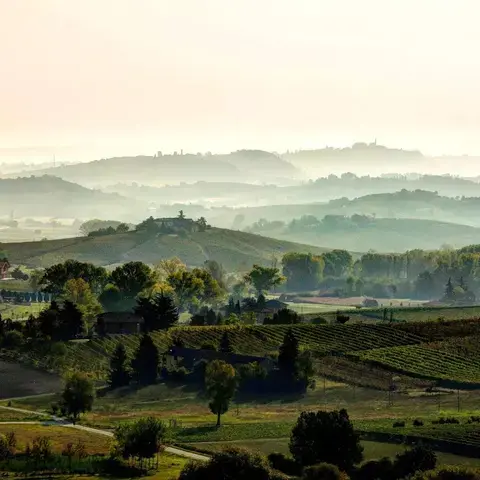Chef's Table Pizza, the moment yeast and flour enthusiasts have been waiting for, has arrived. The Netflix series that changed how food and its protagonists are narrated, has finally turned the spotlight on the masters of the white art, worldwide.
Characters who have dedicated their lives to pizza, believing in a project and following a sometimes bumpy path: contemporary heroes who have left their mark on the gastronomic scene, passing through difficulty, fame, redemptions and satisfaction.
Engaging direction, impeccable photography and a focus on the lives of the pizza chefs told in their existential parables, a spiral of narratives interweaving biographies and food, family images and stills of pizzas and territories, are the ingredients of this beloved new series created by David Gelb and produced by Boardwalk Pictures and Supper Club (directed by Abigail Fuller, Clay Jeter, Aunt Mandviwalla and Brian McGinn). Among the leading masters of Chef's Table Pizza is Franco Pepe, from Pepe in Grani in Caiazzo (Caserta), at the centre of an exciting, at times, moving episode.
The story of the master, who has worked so hard to change the perception and conception of the profession of 'pizza maker,' raising it to a higher level, is told starting from the family angle: the activity he inherited from his father, the gamble he takes on forging a new path, difficult moments, separation from his brothers and reconciliation, separation from his wife and loneliness. But also the tenacity in pursuing one's own intent: to master a job considered 'humble' and bring pizza to the world of fine dining, without ever betraying one's beginnings.
The dough is prepared strictly by hand, as per his father's teaching, and there are ingenious inventions such as the 'Margherita Sbagliata', the enhancement of local ingredients such as curly tomato and Caiazzo olives, but also the nouvelle wave of fried pizza served in a cone, in addition to sweet pizza.
Watching the episode of Chef's Table Pizza on Franco Pepe is moving: an emotion similar to the one you get when tasting one of his creations for the first time. "I am receiving messages from people who were touched by the episode from all over the world, from Australia to Colombia, but above all messages from young pizza chefs who said that the episode gave them the hope and enthusiasm to continue on their path. Then, some school leaders have explained to me that they want to bring the episode of Chef's Table Pizza to schools, to send a message to young people, who can believe in dreams," he says.
But what's behind the big production of the cult Netflix series? We caught up with Pepe to find out more.












